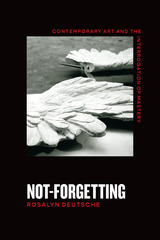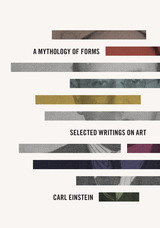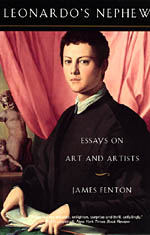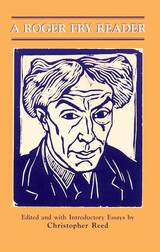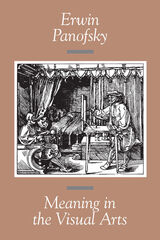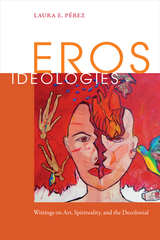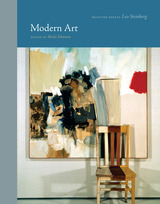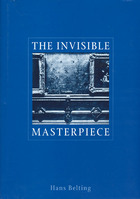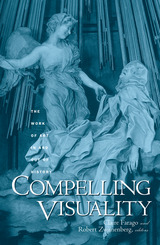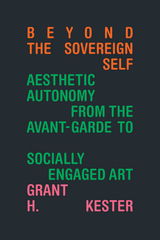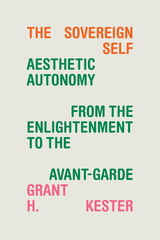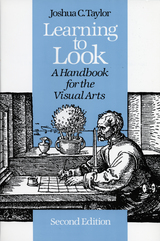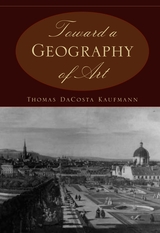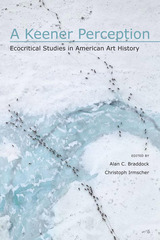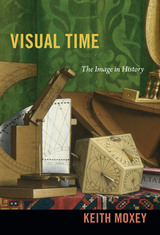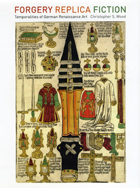The Invisible Masterpiece
University of Chicago Press, 2001
Paper: 978-0-226-04266-4 | Cloth: 978-0-226-04265-7
Library of Congress Classification N7475.B45313 2001
Dewey Decimal Classification 701.18
Paper: 978-0-226-04266-4 | Cloth: 978-0-226-04265-7
Library of Congress Classification N7475.B45313 2001
Dewey Decimal Classification 701.18
ABOUT THIS BOOK | AUTHOR BIOGRAPHY | REVIEWS | TOC
ABOUT THIS BOOK
The "invisible masterpiece" is an unattainable ideal, a work of art into which a dream of absolute art is incorporated but can never be realized. Using this metaphor borrowed from Balzac, Hans Belting explores the history of "the masterpiece" and how its status and meaning have been elevated and denigrated since the early nineteenth century. Before 1800, works of art were either imitative (portraits and landscapes) or narrative (history painting). But under the influence of Romantic modernity, the physical object—a painted canvas, for example, or a sculpture—came to be seen as visible testimony of the artist's attempt to achieve absolute or ultimate art; in short, the impossible. This revolution in interpretation coincided with the establishment of the first public art museums, in which classical and Renaissance works were presented as the "real" masterpieces, timeless art of such quality that no modern artist could possibly hope to achieve. The Mona Lisa and other celebrated paintings preoccupied artists who felt burdened by this cult of the masterpiece as it came to be institutionalized.
Belting explores and explains how twentieth-century artists, following Duchamp, struggled with their personal dreams of absolute art. It was not until the 1960s that artists, such as Warhol, finally began to reject the idea of the individual, totemic work of art and its permanent exhibition, as well as the related concept of the "masterpiece" and the outmoded art market that fed off it.
Belting explores and explains how twentieth-century artists, following Duchamp, struggled with their personal dreams of absolute art. It was not until the 1960s that artists, such as Warhol, finally began to reject the idea of the individual, totemic work of art and its permanent exhibition, as well as the related concept of the "masterpiece" and the outmoded art market that fed off it.
See other books on: Art | Art appreciation | Art criticism | Belting, Hans | Criticism & Theory
See other titles from University of Chicago Press

